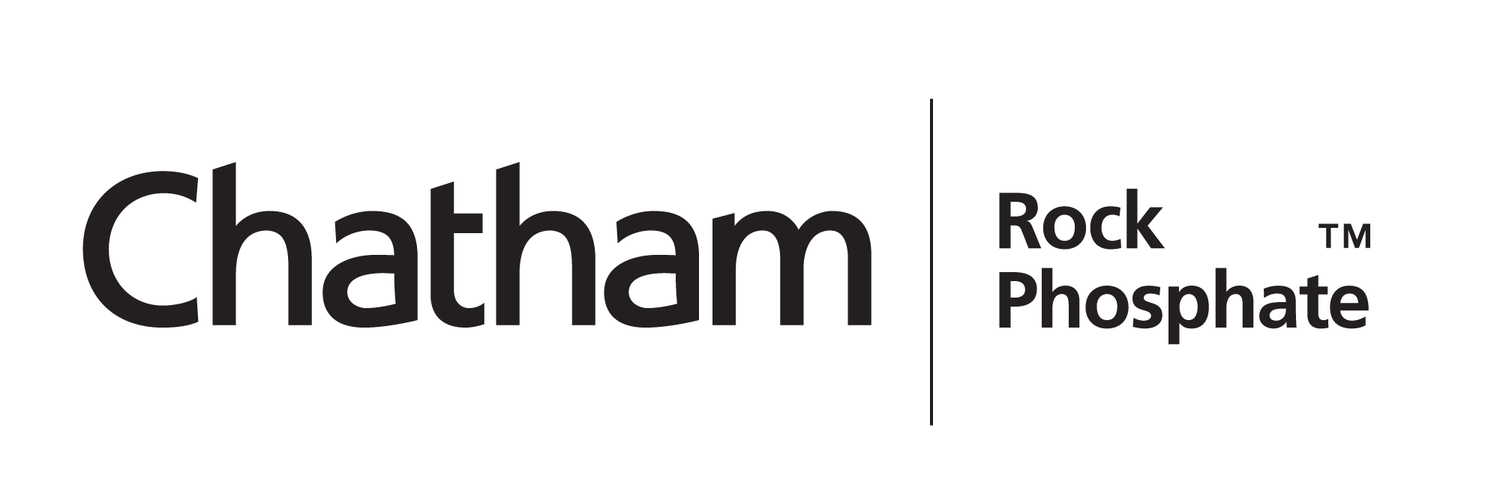Chatham Rock Phosphate (CRP) plans to apply for a mining licence in
June and a marine consent in September after gathering a wealth of
information during 48 days surveying on the Chatham Rise this summer.
The information, targeted at the Rise’s significant phosphate
resource, also contributes significantly to the store of public good
information used by scientists to understand New Zealand’s oceanic
environment.
The 100 m Dorado Discovery, based in New Zealand since December has
conducted four research surveys for CRP, using a range of high tech
equipment. The surveys collected geophysical data in December, bottom
samples in February, environmental data in March and geotechnical data
in April. CRP’s last cruise ended today and the mammoth job of resource
modelling, environmental assessment and geotechnical analysis now
begins.
CRP chief executive Chris Castle said the trips have generated a
massive amount of data. “Following the four trips to Chatham Rise,
there is now available a wealth of geophysical data and remote operated
vehicle (ROV) observations, as well as a great variety of sea floor
samples including box cores, vibrocores and grab samples.
“Based on geophysical and environmental data, CRP will be able to tie
it all together and optimise the mining efforts. The project has all it
needs to move forward.”
Mr Castle paid tribute to the work done by the project team, and the
scientists, engineers and other technical staff gathered from the United
States, Netherlands, Germany and New Zealand who worked under immense
time pressure. “Our team put together these trips in just a few weeks;
it normally takes months or even years.”
“Our focus now is on undertaking the necessary analysis and preparing
the reports required for the two key consents we need,” Mr Castle
said. “We plan to begin production in 2014.”
The data and samples acquired by the four cruises will be used for:
- The application for the mining licence
- The environmental impact assessment report required to accompany the application for a marine (environmental) consent
- Refinement of the design of the phosphate recovery and on-board separation systems
- Acceleration of the rock phosphate beneficiation studies presently under way
- Further design work in respect of the on-board glauconite separation systems
- New fertiliser market development.
“The project continues to maintain considerable momentum. We have a
strong focus on setting objectives and achieving ongoing milestones. We
have met all our key deadlines so far and we are determined to keep
delivering on our goals.”
Boskalis project leader Gerard Van Raalte said the data gathering
this summer is invaluable for designing the undersea and onboard
extraction equipment and separation techniques.
“We are also results orientated and so we are working very well with the CRP team.”
December cruise:
The survey mapped 715 km2 of the sea floor with multi-beam swath
bathymetry (seafloor topography) data and 199 km2 with side-scan sonar
data. It collected 263 km of sub-bottom seismic reflection data and
magnetic data. The survey collected information about the shape and
character of the sea floor and the properties of the shallow sediments
that will help understand the distribution of the phosphate resource.
The data guided planning for subsequent surveys, assisted the
development of mining technology and strategy, and contributed to the
identification of priority areas for the first few years of mining. The
ship recovered two oceanographic moorings that had collected current and
turbidity data, now downloaded for processing and analysis.
The new detailed bathymetry data show the irregularity is primarily
the result of underlying geology and iceberg scours up 15 m deep, 400 m
wide and tens of km long. The data obtained are valuable for the
detailed design of the dredging operations.
February cruise:
The survey collected 50 precisely located grab samples, bringing more
that 35 tonnes of sediment back to analyse nodule content and
distribution and test separation techniques. The bulk sediment also
brought in considerable environmental data that contributed to the March
environmental survey. The project team conducted four ROV dives (the
first ever on the Chatham Rise) to inspect the sea floor before and
after grab sampling and to test the physical properties of the sediment,
as well as expanding the geophysical mapping of the sea floor.
March cruise:
The team surveyed 13 of the environmental areas identified by NIWA
(eight target mining areas and five reference areas outside mining
zones) and collected more than 77 km of ROV video transects, recording
more than 150 hours (or 700 Gb) of video and 62,000 observations from
the video transects as well as 17,000 still photos. In addition, the
cruise collected 130 box cores from 38 sites, 3 km2 of high-resolution
bathymetry and backscatter data and more than 500 km2 of regional
bathymetry data. The ROV stopped on 12 occasions to take biology
samples or close-up photos. The sampling and photography will enable
detailed assessment of animals that live on the seafloor.
April cruise:
The cruise, with Boskalis engineers on board, involved the first
investigation that specifically focused on properties of the seafloor as
they relate to design and construction of a mining machine. Four ROV
dives tested the geotechnical properties of the sand and chalk,
including how hydraulic jets could loosen the sediment without creating
high turbidity before the phosphate and associated sediment can be
pumped on board for separation. Cone Penetration Test (CPT) measurements
were done at 129 sites, collecting information about sediment strength,
hardness, friction and porewater pressure. Fifteen short vibrocores
returned 12.6 m of sediment. A vibrocorer uses vibration to work the
core tube into the seabed as distinct to a corer that relies on gravity
alone for penetration into the sediments. The cruise took four box core
samples for environmental and geotechnical analysis.
Chris Castle
021 55 81 85
chris@widespread.co.nz







 +64 21 5581985
+64 21 5581985 chris@crpl.co.nz
chris@crpl.co.nz PhosphateKing
PhosphateKing